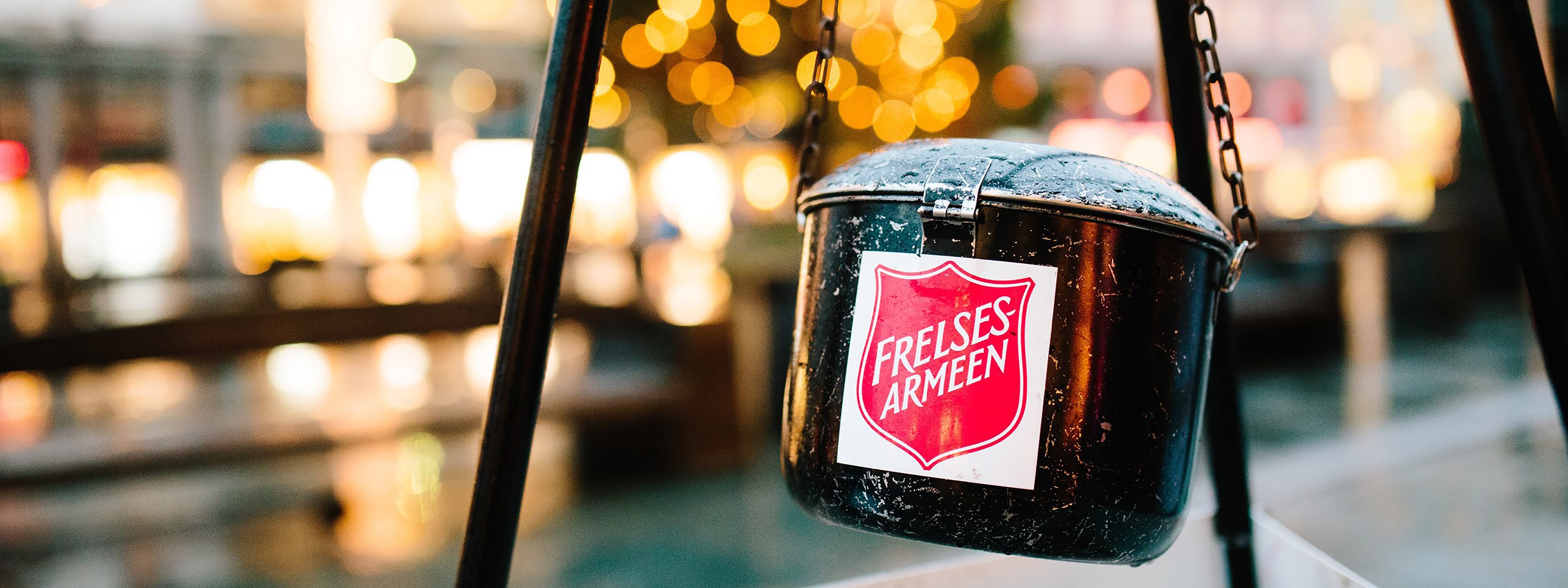When customers of this chain recycle their cans and bottles, they have to make a choice: Whether to keep the money or donate it to a well-known charity organization concerned with foreign aid.
Assistant Professor Mathias P. Ekström

Christmas is when people are expected to act selfessly for the well-being of others, but are we actually more generous at this time of the year? Mathias Ekström has studied our donor behavior.

– The main finding is that we become more altruistic In December, Mathias Philip Ekström says.
During the Christmas season, we are more likely to give to charity for purely intrinsic motives. That is, we behave altruistically towards strangers. These are actions that are costly to the individual but benefit other persons without the expectation of compensation in return.
Our good deeds continues in January. But then, something happens.
– Half of the December increase in altruism persists into January before returning to the baseline in February.
Christmas is when we are expected to act selflessly for the well-being of others, but do we live up to this social norm, Ekström asks in his working paper «Seasonal Social Preferences». He is an Assistant Professor at FAIR, Department of Economics.
When customers of this chain recycle their cans and bottles, they have to make a choice: Whether to keep the money or donate it to a well-known charity organization concerned with foreign aid.
Assistant Professor Mathias P. Ekström
Responding to this question poses a challenge, Ekström says, because of the confounding factors of charitable tax breaks, reciprocity motives, direct social pressure and persuasive campaigns for giving that are more prevalent in December.
To investigate whether people become more altruistic in December, the FAIR-researcher at NHH analyzed data from more than 50 million individual giving decisions in the period from 2006 to 2014.
– More specifically, I make use of the situation faced by recyclers in a large Swedish supermarket chain. When customers of this chain recycle their cans and bottles, they have to make a choice: Whether to keep the money or donate it to a well-known charity organization concerned with foreign aid.
The choice is made by pressing one of two buttons placed side by side on the recycling machine. In effect, this means that the decision problem mimics the nonstrategic situation featured in dictator games, which makes it very suitable for studying altruistic preferences, absent confounding factors.
In December each year, the donor rate increases by 18 percent.
– December is therefore, far and away, the month with the largest share of donors. This result is robust to the inclusion of store and year fixed effects, and neither the number nor the composition of customers can explain this seasonal pattern.
Thus, Ekström finds strong support for an end-of-year boost in altruism, which he refers to as seasonal social preferences.
January is the month with the second-highest donor rate.
On a more speculative note, it may be that Christmas has a positive effect on people’s mood, which has been shown to affect altruism.
Assistant Professor Mathias P. Ekström
– In fact, half of the increase in giving experienced in December remains in January. This finding resonates with a quote by Charles Dickens, Ekström says:
I will honor Christmas in my heart, and try to keep it all the year.
– Unfortunately, people were not able to hold on to the sprit for very long, as the donor rate returned to its baseline in February.
– Why do people become more altruistic in December?
– My preferred interpretation is that people have internalized the social norm of generosity intertwined with Christmas, and therefore willingly adhere to it in solitude. On a more speculative note, it may be that Christmas has a positive effect on people’s mood, which has been shown to affect altruism. Ultimately, the answer to this question goes beyond the scope of the current study and therefore, I defer it to future research.